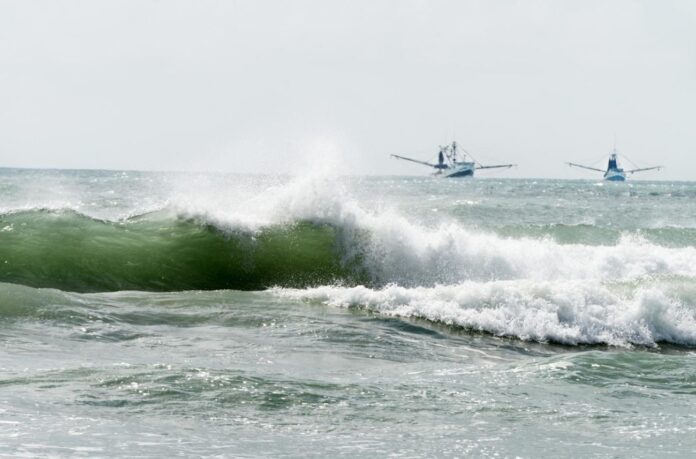The National Weather Service said on Thursday the community still needs to be prepared for the remainder of the hurricane season, which goes through the end of November, even after Hurricane Hanna just impacted the Rio Grande Valley.
The 2020 hurricane season has been off to a rapid pace with a record-setting nine named storms so far and has the potential to be one of the busiest on record. Historically, only two named storms form on average by early August, and the ninth named storm typically does not form until Oct. 4, the National Oceanic and Atmospheric Administration website reads.
“We have been impacted from Hurricane Hanna, so we have already seen the effects. So, obviously we would not want additional storms or hurricanes affecting the area. To me once is enough. But obviously, with the updated outlook it looks like there is an 85 percent chance of the remainder of this season being above normal,” Mike Castillo, a senior meteorologist with the National Weather Service, said in an interview.
The National Weather Service said this is one of the most active seasonal forecasts NOAA has produced in its 22-year history of hurricane outlooks.
A comprehensive measure of the overall hurricane season activity is the Accumulated Cyclone Energy (ACE) index, which measures the combined intensity and duration of all named storms during the season. Based on the ACE projection, combined with the above-average numbers of named storms and hurricanes, the likelihood of an above-normal Atlantic hurricane season has increased to 85%, with only a 10% chance of a near-normal season and a 5% chance of a below-normal season, the official website reads.
“Hopefully, we won’t see any direct landfalling storms or hurricane, I hope Hanna was ours. But we cannot rule out the impact of another tropical system, whether directly or indirectly,” Castillo said.
He added that even though the number of storms expected are high (19 to 25 named storms of which seven to 11 will become hurricanes with three to six being major hurricanes) it does not mean that they will all be landfalling. But the potential is there because of the increased numbers and residents have to be prepared.
“Hopefully, people got experience from Hurricane Hanna and know the potential risks associated with the hurricane that could be a combination of wind, rain, tornadoes and for those along the coast, storms. So hopefully people realize after the storm, the loss of electricity. So you need to be able to have batteries and flashlights and non-perishable food items and water to ride out the storms and also after the storm due to the loss of power,” Castillo said.




